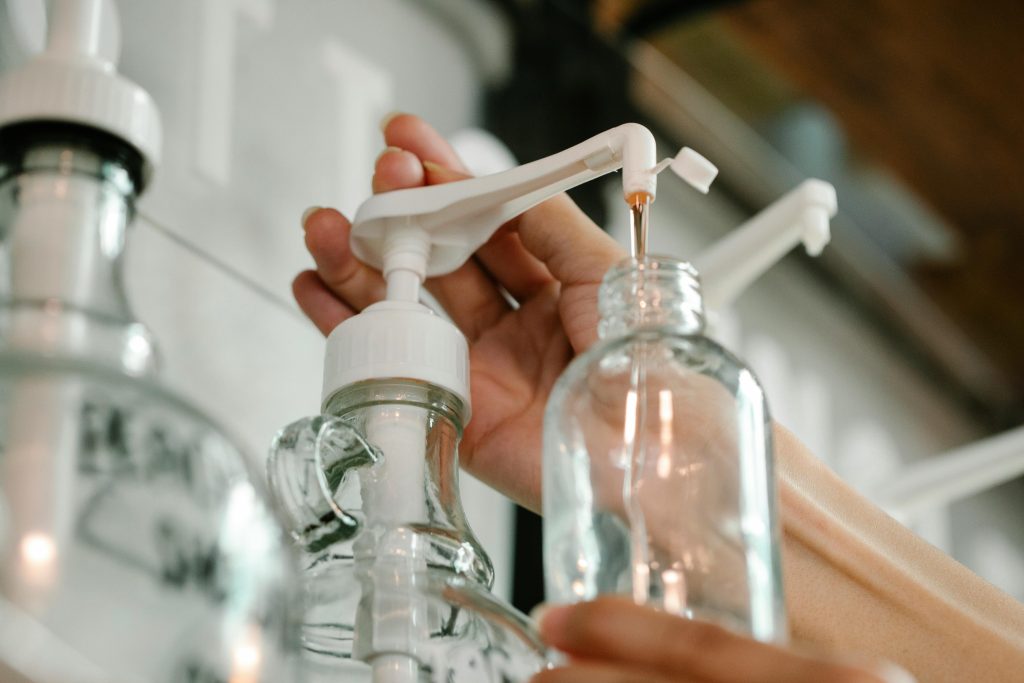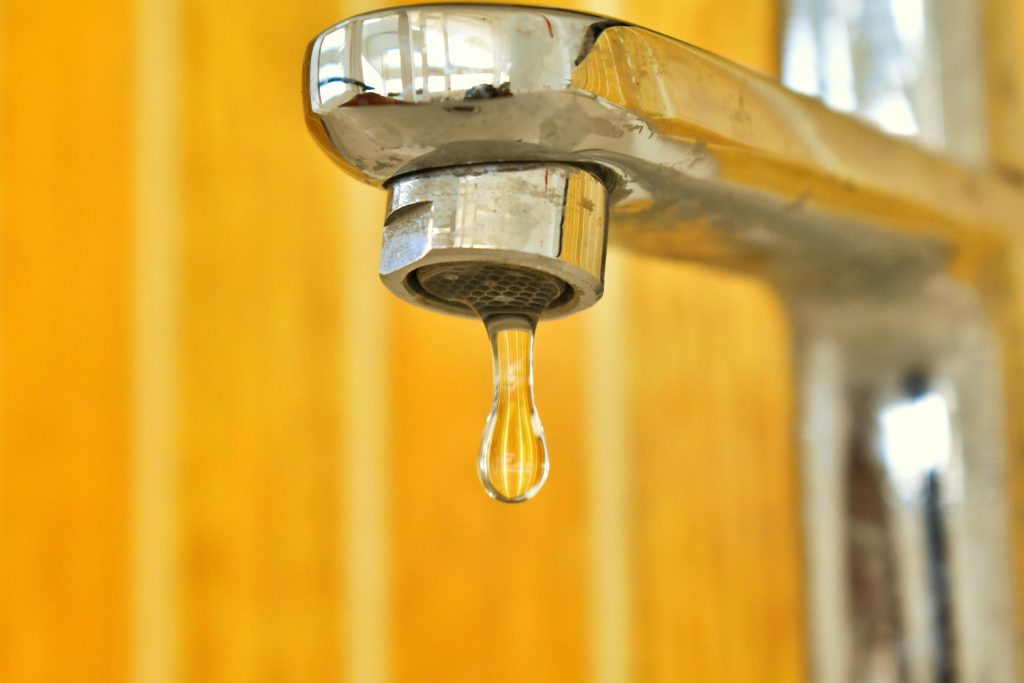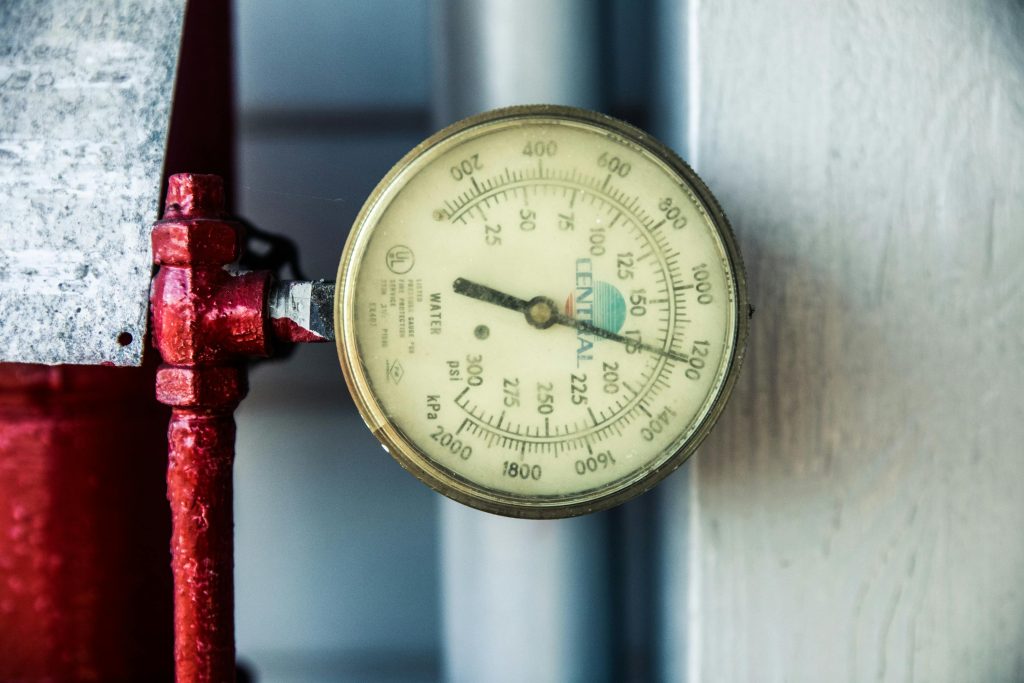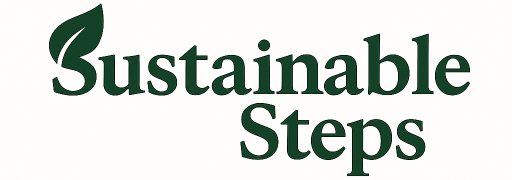Introduction
Water conservation is no longer a niche concern—it’s a practical necessity for many households facing rising utility costs and regional water shortages. Small changes in daily routines can lead to significant savings on your water bill and lessen strain on local water supplies. In this blog post, we’ll explore straightforward, actionable habits you can adopt in the bathroom, kitchen, laundry room, and outdoors. You don’t need fancy equipment or major renovations—just a conscious shift in how you use water. By the end, you’ll have a clear roadmap to cut your household water use, save money, and help the environment.

Why Reducing Household Water Use Matters
Environmental Impact
- Preserving Freshwater Resources
Only 2.5% of the world’s water is freshwater; much of that is locked in glaciers or underground aquifers. Every gallon you save helps stretch limited local supplies. - Reducing Energy Consumption
Treating and heating water consumes energy. By using less hot water, you also lower your household’s carbon footprint.
Financial Benefits
- Lower Utility Bills
In many regions, water rates continue to rise. Cutting usage by even 10–20% can translate to substantial savings over a year. - Avoiding Penalties
Water districts sometimes impose tiered rates: as you cross thresholds, per-gallon charges jump. Staying below those thresholds prevents unexpected fee increases.
Community Advantages
- Alleviating Strain on Infrastructure
Reducing peak demand eases pressure on treatment plants, pumping stations, and local reservoirs—benefiting every household in your community. - Preparedness for Drought
Many areas face unpredictable weather patterns. Habits that lower consumption now prepare you for mandatory restrictions later.
Bathroom Habits: The Highest Indoor Water Use
The bathroom typically accounts for nearly 40% of indoor water consumption. Targeting this space first yields quick wins.
1. Shorten and Optimize Your Showers
- Set a Timer
Aim for 5–7 minutes rather than 10–15. Even a 2 minute reduction per shower can save up to 10 gallons. - Install a Water-Efficient Showerhead
Look for models rated at 2.0 gallons per minute (gpm) or less. If you currently use a 2.5 gpm head and upgrade to a 1.5 gpm model, a ten-minute shower uses 15 gallons instead of 25—saving 10 gallons per shower. - Turn Off Water During Lathering
Wet hair and body, then turn off the water while you shampoo or soap up. Turn it back on briefly to rinse.
2. Faucet Strategies at the Sink
- Use a Sink Aerator
Aerators mix air into the water stream, maintaining pressure while reducing flow to around 1.0 gpm. A standard faucet might run at 2.2 gpm—more than double the efficient rate. - Turn Off Tap While Brushing Teeth
Leaving the tap running for those two or three minutes can waste up to 4 gallons. Instead, wet your brush, turn off water while you brush, and rinse at the end. - Stash a Bucket for Warm-Up Water
Collect the cold water that runs while you wait for hot water. Use it to water plants or flush the toilet.
3. Toilet Improvements
- Check for and Fix Leaks
A silent toilet leak (flapper seal failure) can waste up to 200 gallons per day. Drop a few drops of food coloring into the tank; if color appears in the bowl without flushing, you have a leak. - Install a Dual-Flush or Low-Flow Toilet
Modern dual-flush toilets use as little as 0.8 gallons for liquid waste and 1.6 gallons for solids, compared to older models that use 3–5 gallons per flush. - “Seal the Tank”—Use Displacement Devices
If replacing the toilet isn’t an option, place a sealed container (like a plastic bottle partially filled with water or pebbles) inside the tank to reduce the volume of each flush.
Kitchen Habits: Minimizing Peak Usage
Kitchen activities—dishwashing, cooking, and cleaning—can account for 15–20% of indoor water use. With simple tweaks, you can make a big dent.

1. Efficient Dishwashing
- Fill, Don’t Rinse and Run
Instead of rinsing dishes under running water, use a small basin or sink plug to rinse everything at once. Scrape leftovers into the trash or compost—this reduces dish rinse cycles. - Use Dishwasher Wisely
Only run your dishwasher when it’s full. Modern ENERGY STAR-rated dishwashers use around 3–5 gallons per cycle—often less water than handwashing a full sink. - Air-Dry or Use Energy-Efficient Drying
Skip the heated dry option if your dishwasher has it. Instead, open the door slightly after the final rinse and let dishes air-dry.
2. Cooking and Drinking Water
- Plan and Batch-Cook
Defrosting, boiling, and rinsing for single meals can add up. Batch-cook grains or vegetables, then reheat—saving water on repeated preparation. - Reuse Cooking Water
Save pasta or vegetable boiling water (once cooled) to water houseplants or garden beds. It contains nutrients from the food and reduces freshwater use. - Use a Pitcher for Drinking Water
Instead of running the tap until water is cold, fill a pitcher and refrigerate. You’ll have ice-cold drinking water ready without wasting gallons.
3. Leak Detection and Repair
- Check Under the Sink for Drips
A faucet that drips once per second wastes about 3 gallons per day—almost 1,100 gallons per year. Replace worn washers or cartridges promptly. - Monitor Your Water Meter
Write down the reading, avoid all water use for half an hour, then check again. If the meter moves, you have a hidden leak somewhere.
Laundry Habits: Saving Water One Load at a Time
Washing clothes can account for 15% of indoor use. By adopting smarter laundry practices, you can conserve water and energy.

1. Upgrade to a High-Efficiency Washer
- Front-Load or ENERGY STAR Hybrid Top-Loaders
High-efficiency machines use 13–25 gallons per load, compared to 30–40 gallons for standard washers. If replacing your machine isn’t possible right now, focus on other habits below.
2. Only Run Full Loads
- Set Washer to “Auto” or “Eco” Load Settings
If you must run a smaller load, use the appropriate setting rather than defaulting to “Regular” or “Large.” Many machines let you select a “Small Load” option that adjusts water level. - Adjust Water Depth Manually
On older top-load machines, manually set the water level to “Small” or “Medium” instead of “Large,” matching the load size.
3. Shorten Wash Cycles
- Choose “Quick Wash” When Possible
For lightly soiled clothes, a 15–20 minute quick cycle uses less water and energy. - Skip the Pre-Wash
Pre-wash cycles add extra water. Instead, treat stains directly or pre-soak a single garment in a small basin rather than washing the entire load.
Outdoor Habits: Reducing Landscape and Vehicle Water Use
Outdoor water use—landscaping, car washing, and pool refills—often represents 30–50% of total household consumption, especially in dry climates. Adopting drought-resistant habits can cut usage dramatically.
1. Smart Gardening Strategies
- Water Early or Late
Water plants before sunrise or after sunset to minimize evaporation. - Install a Drip-Irrigation System
Drip systems deliver water directly to roots, reducing evaporation and runoff. Even a simple soaker hose is more efficient than overhead sprinklers. - Mulch and Native Plants
Applying a 2–3 inch layer of mulch retains soil moisture. Choosing native or drought-tolerant plants can reduce outdoor water use by up to 50%. - Use Rain Barrels
Collect runoff from downspouts into barrels (with debris filters). Use that stored water for container gardens and flowerbeds.
2. Efficient Car Washing
- Wash on a Lawn or Gravel
Instead of letting water run down the driveway, wash your car on a permeable surface where runoff can irrigate the grass. - Use a Hose Nozzle with Shut-Off Valve
Turn off the water between rinsing and soaping. A closed valve saves 5–10 gallons per minute. - Consider Car Washes with Recycling
Many commercial car washes recycle water, using high-pressure nozzles that can consume as little as 15 gallons versus 100+ gallons at home.
Monitoring and Maintenance Habits: Sustaining Your Efforts
Even small leaks or inefficient fixtures can negate water-saving gains. Establishing monitoring and maintenance habits ensures long-term success.

1. Regular Leak Checks
- Monthly Toilet Leak Test
Drop a few drops of food coloring into each toilet tank, wait 15 minutes without flushing, and check the bowl for color. If you see color, repair the flapper or flush valve. - Inspect Faucet and Hose Connections
Periodically check under sinks and behind washing machines for dampness or dripping. Tighten fittings or replace washers as needed.
2. Track Your Usage
- Review Your Water Bill
Many water providers include graphs comparing monthly usage. Identify trends—if usage spikes unexpectedly, investigate. - Use a Smart Water Meter or Flow Sensor
Gadgets like flow sensors can alert you to unusual usage in real time, catching leaks faster than a monthly bill.
3. Educate Household Members
- Create a Water-Saving Checklist
List daily tasks and post the checklist in a common area (e.g., kitchen bulletin board). Include reminders like “Turn off faucet while brushing” and “Only run dishwasher when full.” - Share Tips and Progress
Every month, share your household’s water-use reduction and celebrate milestones—saving 10% in one billing cycle, for example—so everyone stays motivated.
Real-Life Example: Family of Four Cutting Water Use by 25%
Baseline: A suburban family of four averaged 10,000 gallons per month. Their goal was to reduce usage by 25% over six months.
- Bathroom
- Installed 1.5 gpm showerheads and sink aerators (Estimated savings: 1,500 gallons/month).
- Switched to turning off water while soaping and brushing (Estimated savings: 500 gallons/month).
- Kitchen
- Adopted full-dishwasher loads and disabled heated dry (Estimated savings: 200 gallons/month).
- Started reusing pasta water for plants (Estimated savings: 100 gallons/month).
- Laundry
- Enabled “Small Load” setting for partial loads (Estimated savings: 400 gallons/month).
- Taught family members to wait until the washer was full before running (Estimated savings: 300 gallons/month).
- Outdoor
- Switched to a drip-irrigation system for garden beds (Estimated savings: 1,000 gallons/month).
- Began washing cars with a shut-off valve hose on the grass (Estimated savings: 300 gallons/month).
- Maintenance
- Fixed two silent toilet leaks (Estimated savings: 1,200 gallons/month).
- Tightened faucets and replaced worn hose washers (Estimated savings: 200 gallons/month).

Outcome: After six months, the family’s average monthly usage dropped from 10,000 to 7,500 gallons—a 25% reduction. Their water bill decreased accordingly, and they reported feeling empowered by the tangible impact of their daily choices.
Conclusion
Reducing household water use doesn’t require drastic lifestyle changes or expensive overhauls. By adopting simple habits—like shortening showers, fixing leaks, running full laundry loads, and using drip irrigation—you can achieve significant savings. Monitoring your usage, maintaining fixtures, and educating family members ensure lasting results. As you implement these practices, you’ll not only reduce your utility bills but also contribute to a more sustainable future. Start today: pick two or three of the habits outlined above and integrate them into your routine. You’ll be surprised how quickly small changes add up to big impacts.
